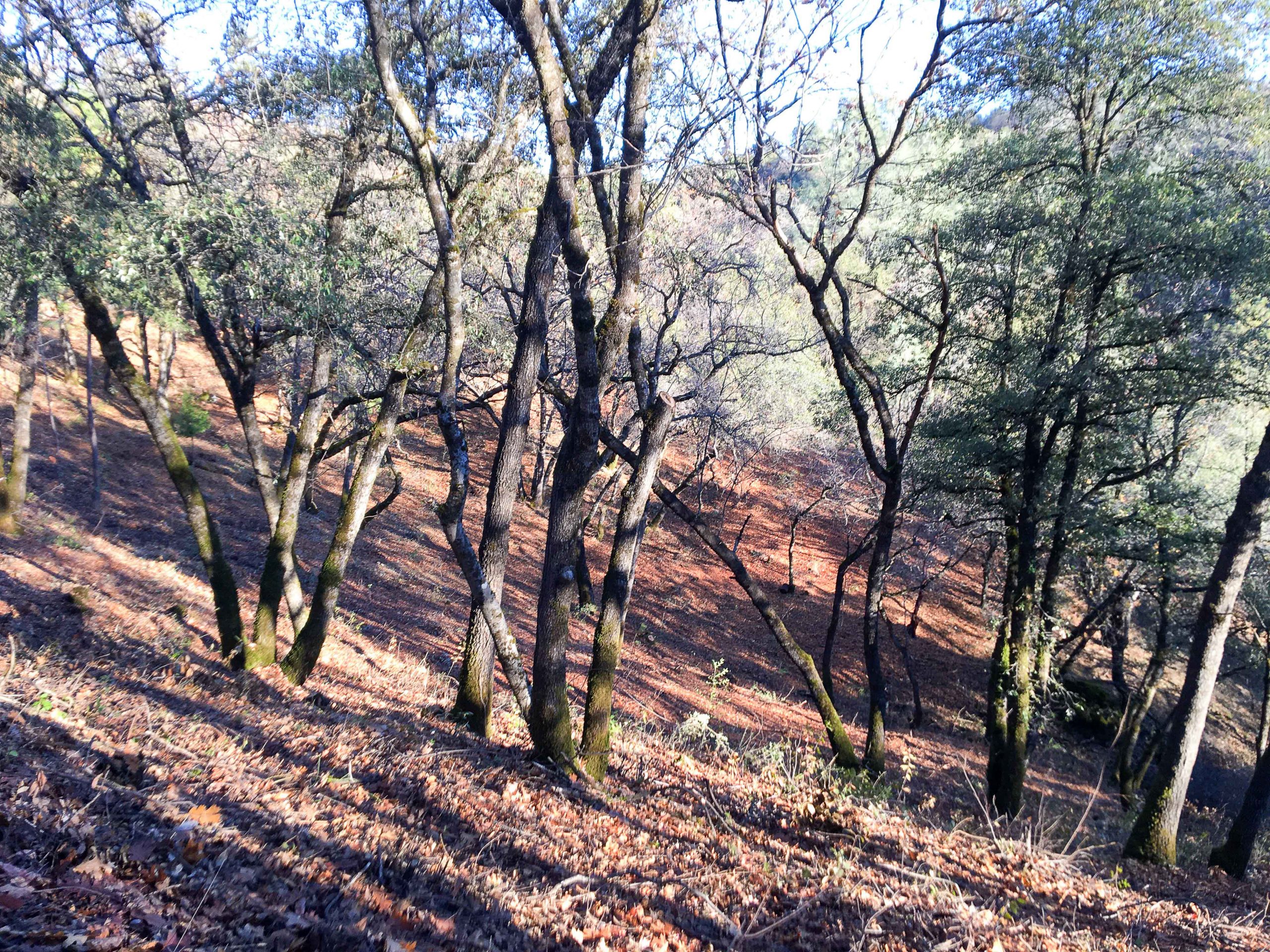 A completed section of the Auburn Shaded Fuel Break.
A completed section of the Auburn Shaded Fuel Break.
AUBURN, CA, January 26, 2021 – Work within the 300 acre, five-mile long, Auburn Shaded Fuel Break continues and is nearly 60% complete. “It is a huge undertaking in scale and scope,” says Sarah Jones, Placer RCD executive director. “It is a critical project because it will help protect the City of Auburn by slowing down potential wildfires.” Placer RCD is working closely with partners including CALFIRE, Bureau of Reclamation, California State Parks, the California Conservation Corps (Placer Center), and Auburn City Fire Department to successfully complete the fuel break.
Understory vegetation in the remaining 40% will be cut and chipped where possible. There are some sections that cannot be chipped due to steep terrain or prominence of invasive species. In these areas, vegetation is piled for burning. While many piles were created and currently remain throughout the area, they are part of the process to complete the fuels reduction work. Partners are working to eliminate the piles in a timely manner and ask the public for patience as this phase of the project is underway. Trail closures may apply. Pile burning days will be announced at www.placerrcd.org and PlacerRCD’s Facebook page, @PlacerRCD.
The Auburn Shaded Fuel Break is part of a larger fuel break that extends along the North Fork of the American River to Colfax. It is unique in that it lies within a wildland-urban-interface (WUI) between rugged, forested terrain and denser urban areas. For this reason, the shaded fuel break is a critical element that protects the City of Auburn from wildfires. A shaded fuel break modifies the behavior of a fire by keeping it slow and low. This provides fire crews an opportunity to suppress a fire before causing further damage. It works by reducing the amount of understory vegetation, commonly referred to as ladder fuels, which can lift a fire to the upper canopy of overstory trees. This modification will help keep a fire to the ground and reduce fire intensity and severity.
